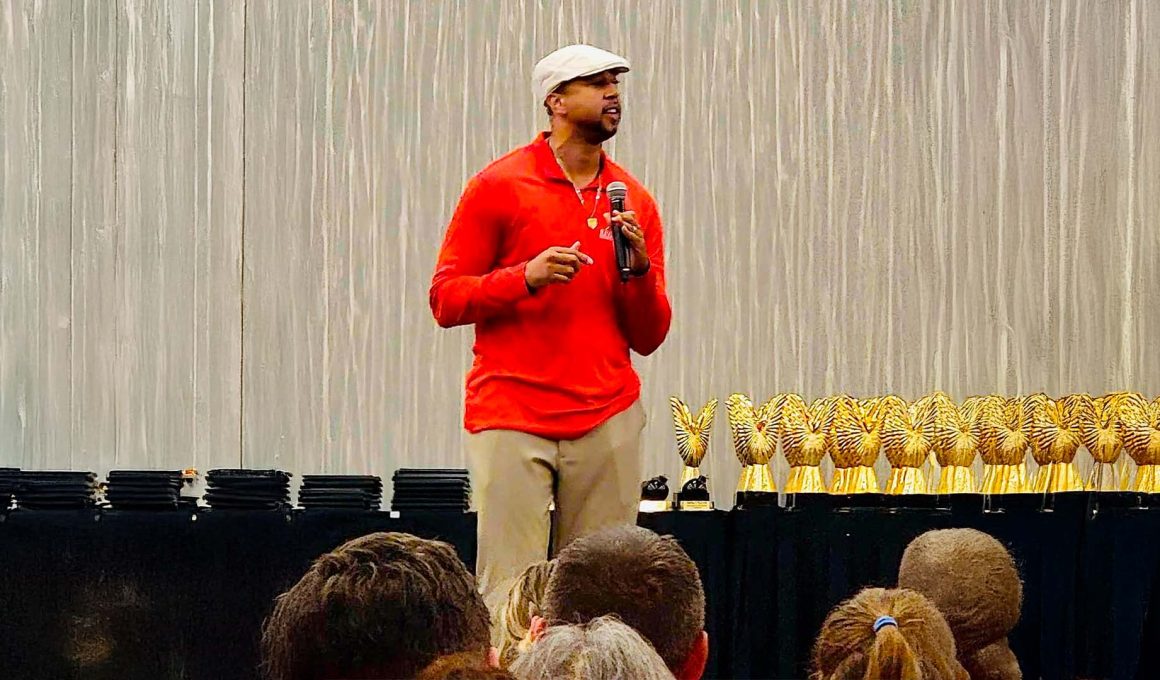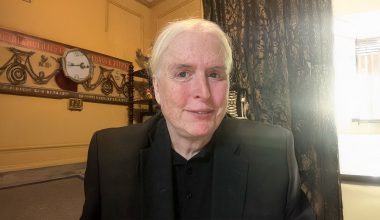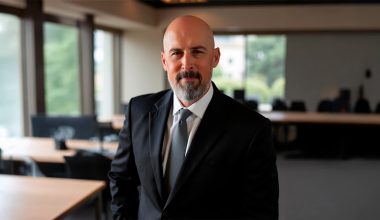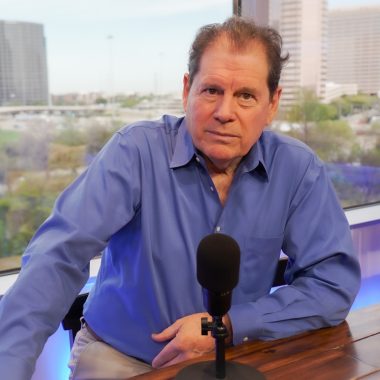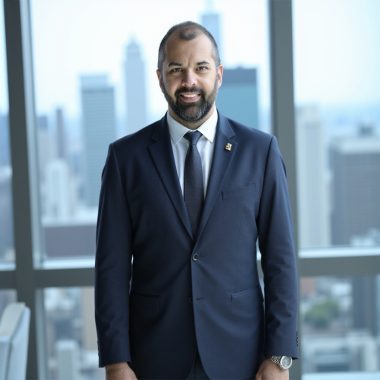Leadership lessons often come from unexpected places, and few environments test decision-making like an emergency. Joel H. Simmons knows this first-hand. As a firefighter and lieutenant, he spent years making split-second calls in situations where clarity and teamwork could mean the difference between success and disaster. Today, he applies those same lessons to business leadership, focusing on clear communication, managing pressure, and committing to continuous learning. The principles that kept his crew safe now help leaders and teams perform at their best in the boardroom.
Communicating Clearly in Critical Moments
Ask Simmons about the biggest leadership mistake he sees, and he doesn’t hesitate. “Being able to get clear, concise communication from you as a leader to your team is going to be a huge safety issue when we’re talking about being on the fireground,” he says. “These communications can be the difference between life and death. And honestly, it’s not even always your survival at stake. It could be the difference between your patient’s survival or the victim’s survival.” The lesson isn’t limited to emergency situations. Simmons has watched business leaders lose control of their teams simply because they couldn’t communicate clearly. For him, clarity means delivering instructions so precise that “I can say it one time and somebody can act or respond with those words.” Achieving that level of understanding requires stepping outside your own perspective and thinking about exactly how your words will be received.
Handling Pressure Across Any Environment
The jump from firefighting to business revealed something surprising to Joel H. Simmons: pressure behaves the same way whether you’re surrounded by flames or facing a hostile boardroom. “When you’re in the middle of that fire and you start to hear, smell, or see it creeping over your head or circling around you, you know that’s a danger,” he says. Business pressure follows a similar pattern. “You may not lose your life, but you may lose your business.” Over time, Simmons has learned to spot early warning signs before things spiral. One of the clearest? When team members start bypassing normal communication channels. “When they begin to go and ask Harry and Mo and everyone else what their observation is, what they think is the right way to go, somebody at some point is starting to undercut exactly what you believe is the final destination.” His advice is simple: address it immediately. “This has to be nipped as soon as possible because there’s mutiny afoot, so to speak.”
There’s another habit Simmons carried from his firefighting days that he believes gives leaders an edge, he never stops studying. “Study is a big one,” he says. “Within the fire service, there’s always a different level you have to attain. You need to practice, study, open a book, and then apply kinesthetics.” It’s a mindset that runs counter to popular business advice promising quick wins. “It’s not about doing the cliche’ three things. It never was and it never will be,” Simmons argues. Real leadership preparation goes deeper. “You’re going to need to know where you are, where your going, and what it takes to get there. Random things are going to start to pop up, distractions, and that’s what’s going to crowd your mind.”
Embracing Brutal Self-Awareness First
For leaders who want to bring first responder discipline into their own work, Joel H. Simmons says it starts with brutal self-awareness. His approach follows five steps: awareness, acknowledgment, acceptance, alignment, and advancement. “Be aware of who you are. Let’s stop wearing masks,” he says. “You are not Tony Robbins, Jim Rohn, or Les Brown. That’s not you.” It matters more than people think. “Without accepting who you really are, you’re going to show up as somebody else. This can not only destroy your career, it can ruin your marriage, and confusing people you’ve built relationships with.”
Simmons closes with what he calls the VCF method. Vision. Clarity. Focus. “Have your vision laid out, make sure it’s clear, and then learn what to do. Focus on the very next step and pursue it persistently and consistently.” And then comes the part too many leaders skip. “Make the move. Don’t just think about it. Don’t just talk about it. Do it.” It’s advice from someone who has made split-second decisions when lives were on the line. For business leaders facing their own high-stakes moments, Simmons offers a set of principles proven to work when the pressure is at its highest.
Connect with Joel H. Simmons on LinkedIn to explore his leadership insights and real-world strategies.
